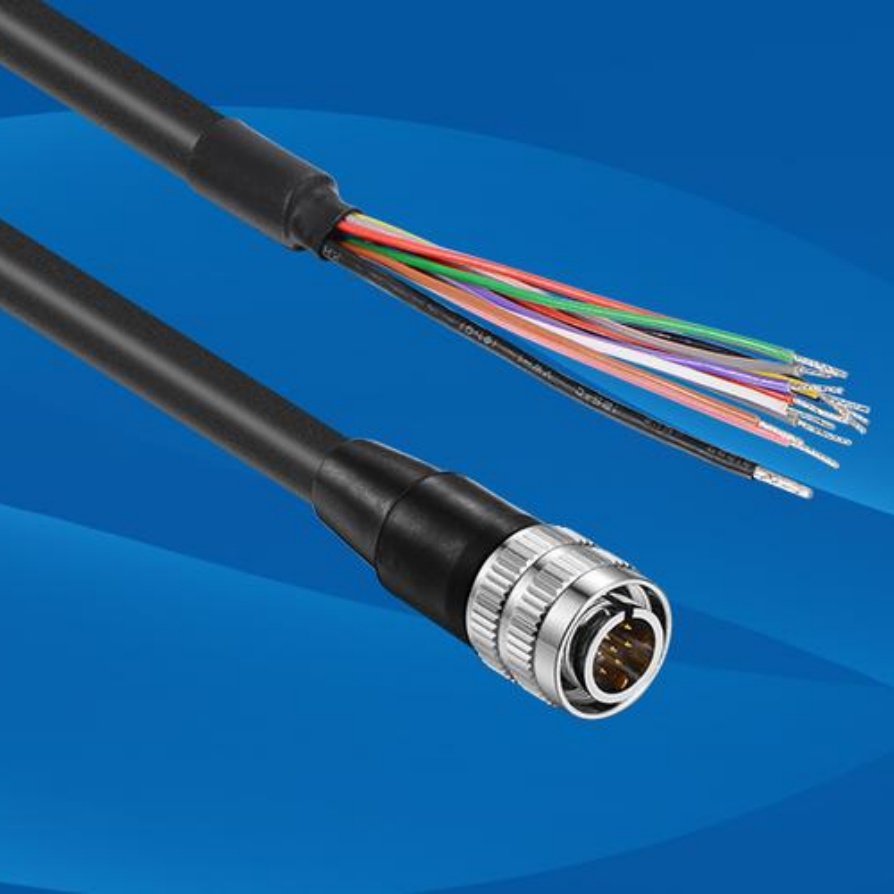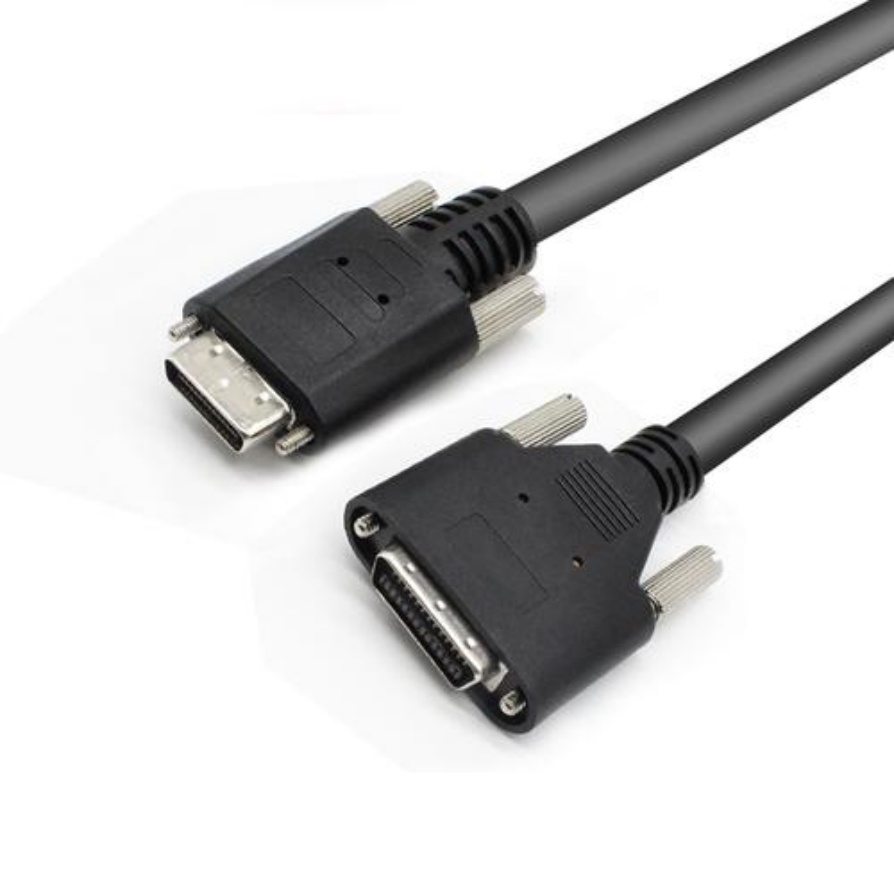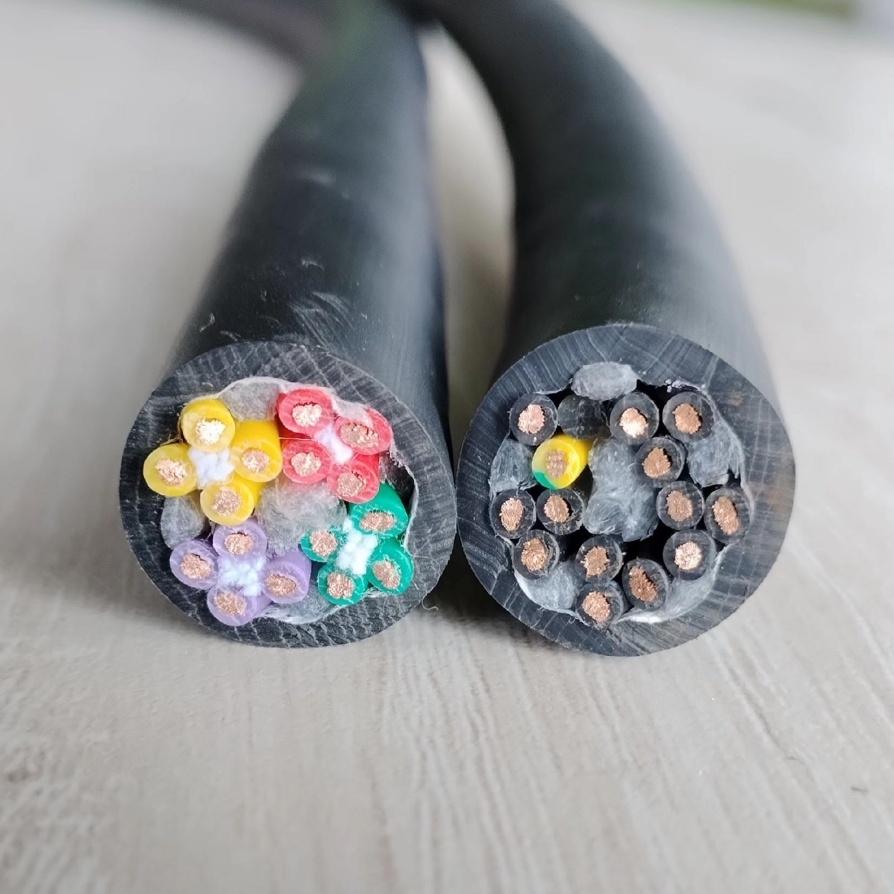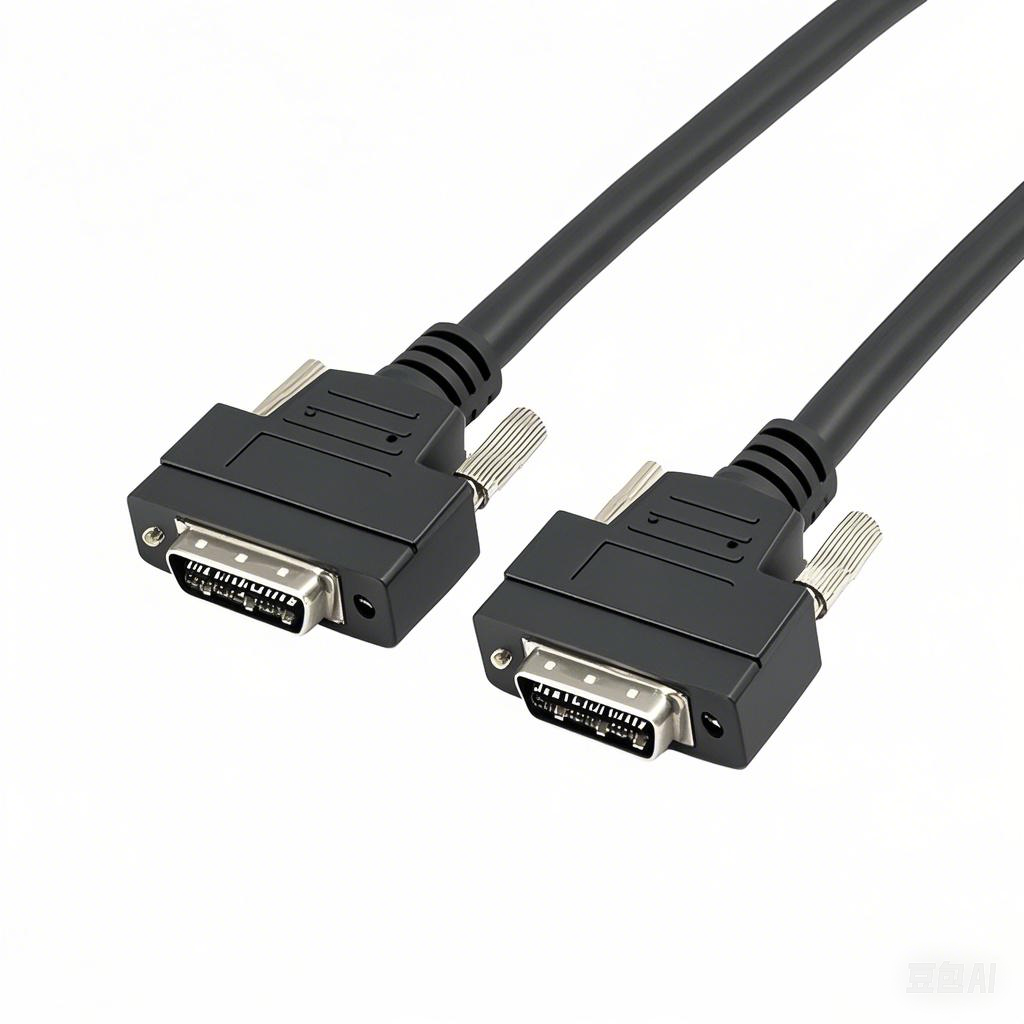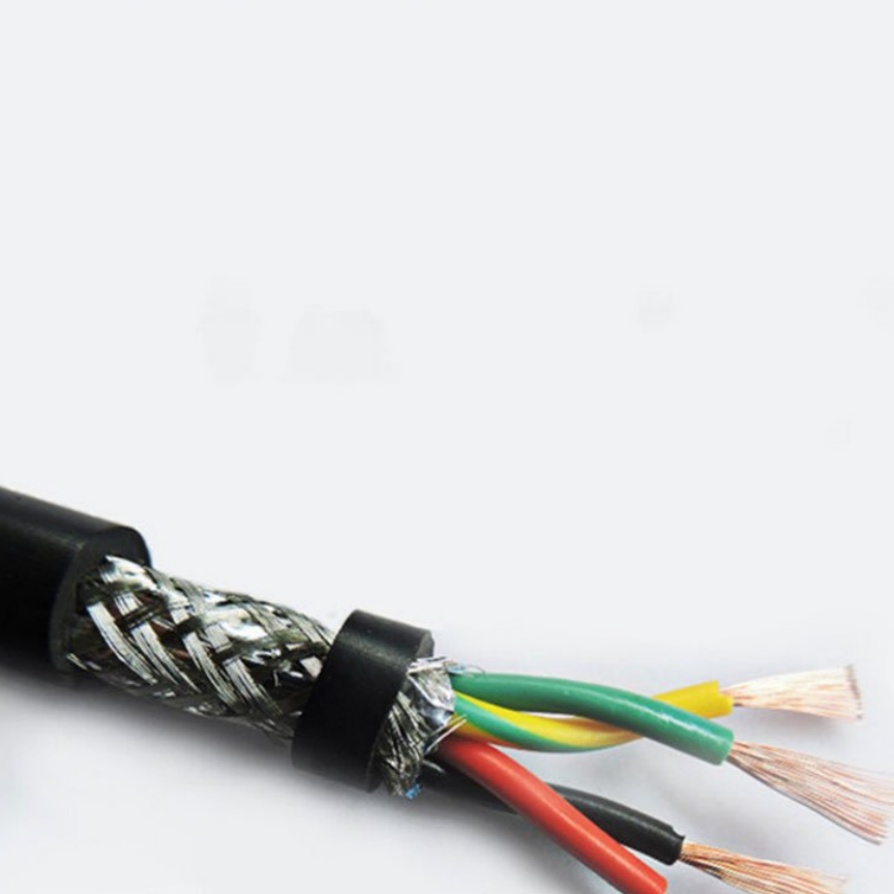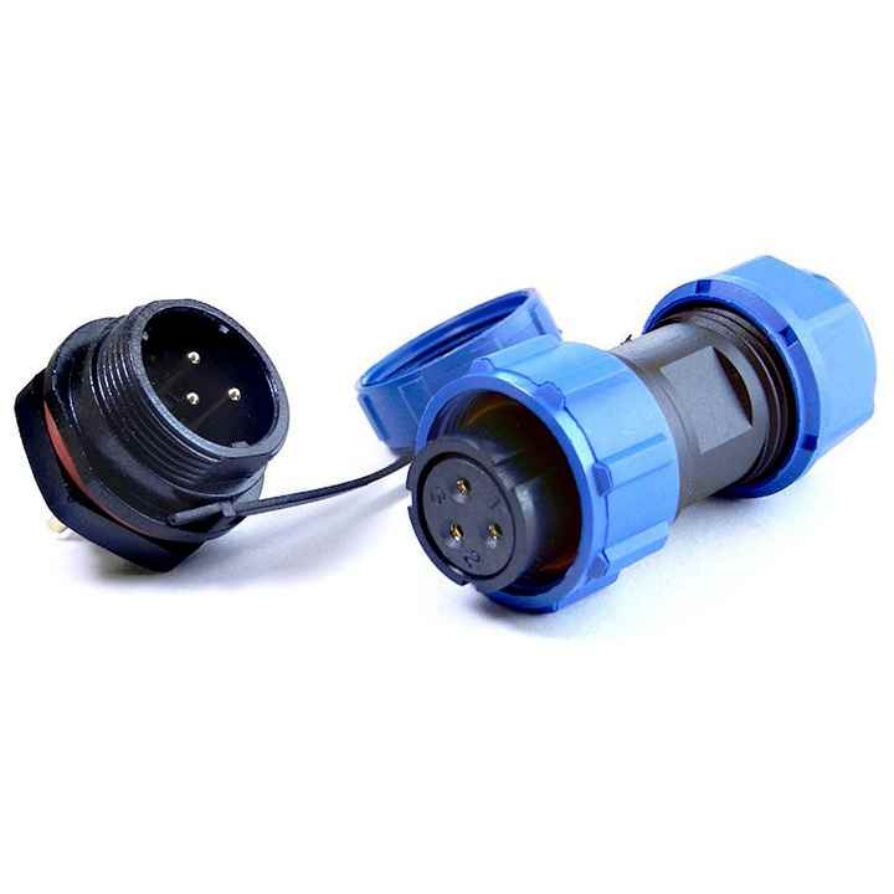Aerospace Cables Built to Withstand Harsh Environments
1. Introduction
Aerospace environments are among the most hostile on (and off) Earth. Cables in these systems face temperatures ranging from -65°C in high-altitude flights to +260°C near engines, corrosive fuels, cosmic radiation, and constant vibration. A single cable failure can jeopardize navigation, communication, or even crew survival. This article explores how aerospace cables are designed to conquer these challenges, serving as the lifelines of modern aviation and space exploration.
2. Defining “Harsh Environments” in Aerospace
2.1 Extreme Temperatures
Thermal Cycling: Rapid shifts between extreme cold and heat during ascent/descent or orbital operations.
Material Degradation: Preventing insulation cracking or conductor embrittlement at temperature extremes.
2.2 Mechanical Stress
Vibration: Helicopter rotor systems and rocket launches generating 20–2000 Hz vibrations.
Flex Fatigue: Cables in retractable landing gears or robotic arms enduring millions of bend cycles.
2.3 Chemical and Radiation Exposure
Hydraulic Fluids and Jet Fuels: Resistance to Skydrol® and JP-8 corrosive liquids.
UV and Cosmic Radiation: Preventing polymer degradation in satellites and high-altitude aircraft.
2.4 Pressure and Vacuum
High-Altitude Low Pressure: Preventing outgassing in aircraft operating at 40,000 feet.
Space Vacuum: Avoiding insulation vaporization in extraterrestrial missions.
3. Engineering Solutions for Resilience
3.1 Advanced Materials
Insulation:
- PTFE (Teflon®): Withstands -200°C to +260°C, low outgassing, and chemical resistance.
- Silicone Rubber: Flexible performance from -55°C to +200°C.
- Ceramic-Infused Polymers: For ultra-high-temperature zones near engines.
Conductors:
- Silver-Plated Copper: Enhanced conductivity and oxidation resistance.
- High-Strength Alloys: Nickel-coated copper for vibration resistance.
3.2 Shielding and EMI Protection
- Triple-Layer Shielding: Braided copper + foil + conductive polymer for 100 dB EMI suppression.
- Ferrite Beads: Minimizing RF noise in avionics systems.
3.3 Connector and Termination Innovations
- Hermetic Seals: Glass-to-metal seals in connectors for vacuum environments.
- Anti-Vibration Locking: MIL-DTL-38999 series connectors with self-locking threads.
3.4 Structural Reinforcements
- Aramid Fiber Jackets: Kevlar® braiding for cut resistance in maintenance-heavy zones.
- Corrugated Metal Conduits: Protecting cables in engine nacelles from FOD (foreign object damage).
4. Testing and Certification
4.1 Environmental Stress Testing
- Thermal Shock Testing: Rapid cycling between -65°C and +175°C (per MIL-STD-810).
- Vibration Testing: Simulating takeoff, turbulence, and engine harmonics (DO-160 Section 8).
- Fluid Immersion: Exposure to Skydrol®, Jet A-1, and de-icing fluids for 1,000+ hours.
4.2 Electrical Performance Validation
- Partial Discharge Testing: Detecting micro-insulation defects in high-voltage systems (e.g., 270V DC in Boeing 787).
- Time-Domain Reflectometry (TDR): Pinpointing impedance mismatches in RF cables.
4.3 Industry Standards
- SAE AS22759: Specification for aerospace-grade wire.
- NASA-STD-6012: Materials compatibility for spaceflight.
- EN 3475: Cable fire resistance for EU aviation.
5. Case Studies
5.1 Mars Rover Wiring: Surviving the Red Planet
Challenge: -125°C nights, abrasive dust, and 200 mSv/year radiation on Perseverance rover.
Solution:
- MLI (Multi-Layer Insulation) tapes with aluminized Kapton®.
- Redundant twisted-pair cables with redundancy for fault tolerance.
Result: Zero cable failures during 1,000+ Martian sols.
5.2 Fighter Jet Engine Harnesses
Application: F-35 Lightning II’s F135 engine bay.
Design:
- Silicone-coated fiberglass sleeves for +260°C zones.
- EMI-shielded triaxial cables for FADEC (Full Authority Digital Engine Control).
Outcome: 30% weight reduction vs. legacy systems.
6. Future-Proofing Aerospace Cables
6.1 Smart Cables with Embedded Sensors
- Fiber Bragg Gratings (FBG): Real-time strain and temperature monitoring.
- Self-Healing Insulation: Microcapsules releasing dielectric compounds upon damage.
6.2 Sustainable Materials
- Bio-Based Polymers: Reducing reliance on PFAS chemicals.
- Recyclable Harnesses: Modular designs for end-of-life disassembly.
6.3 Additive Manufacturing
- 3D-Printed Cable Trays: Optimized topology for vibration damping.
- On-Demand Insulation Coatings: Electron beam-cured resins applied during assembly.
7. Conclusion
Aerospace cables are triumphs of materials science and systems engineering, embodying the mantra “failure is not an option.” By combining cutting-edge polymers, intelligent shielding, and relentless testing, these cables ensure that data, power, and signals flow uninterrupted—whether in a commercial airliner braving transatlantic turbulence or a probe navigating Jupiter’s radiation belts. As aviation and space exploration push into new frontiers, the evolution of aerospace cables will remain critical to overcoming the next generation of environmental extremes.


